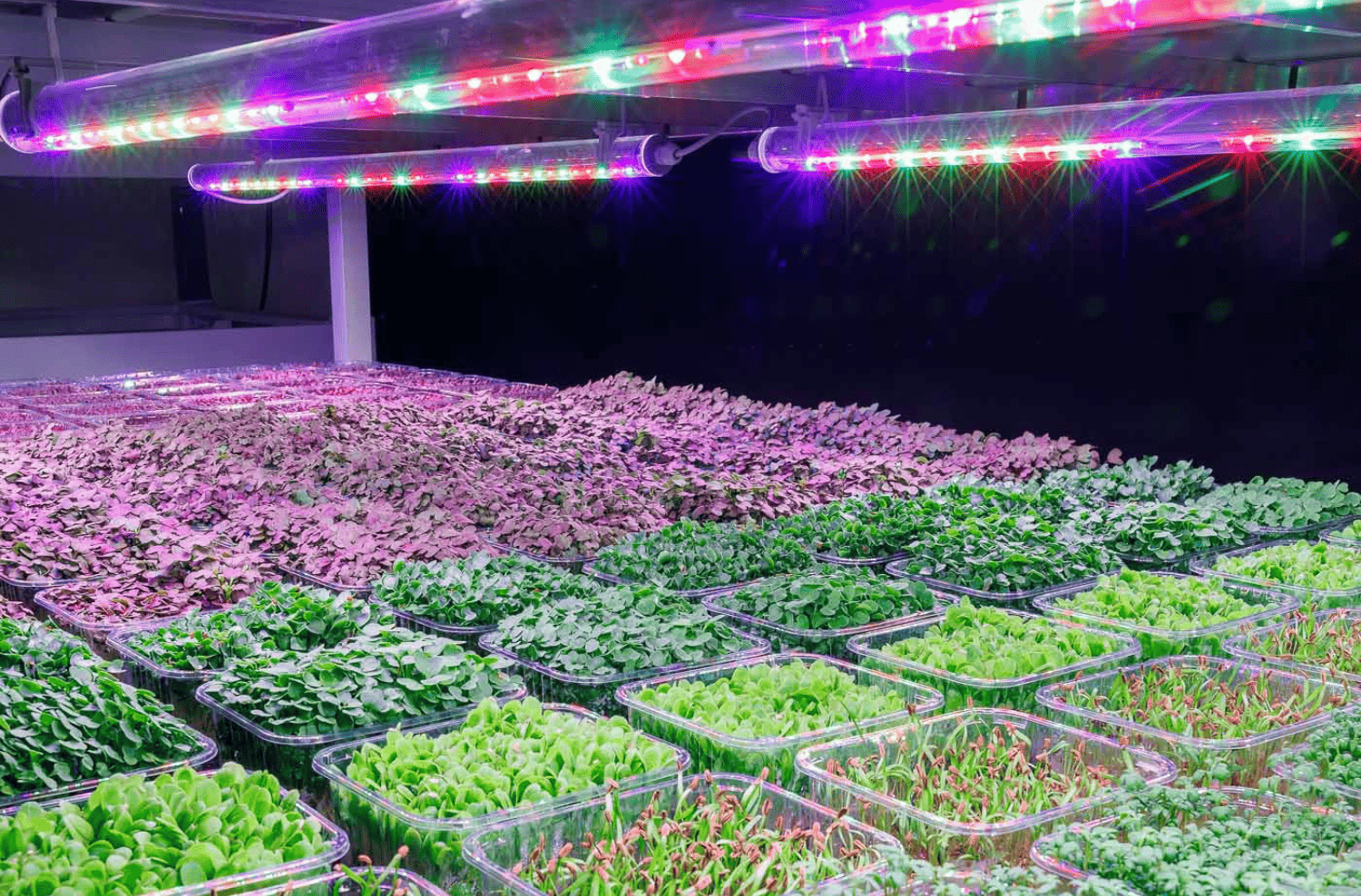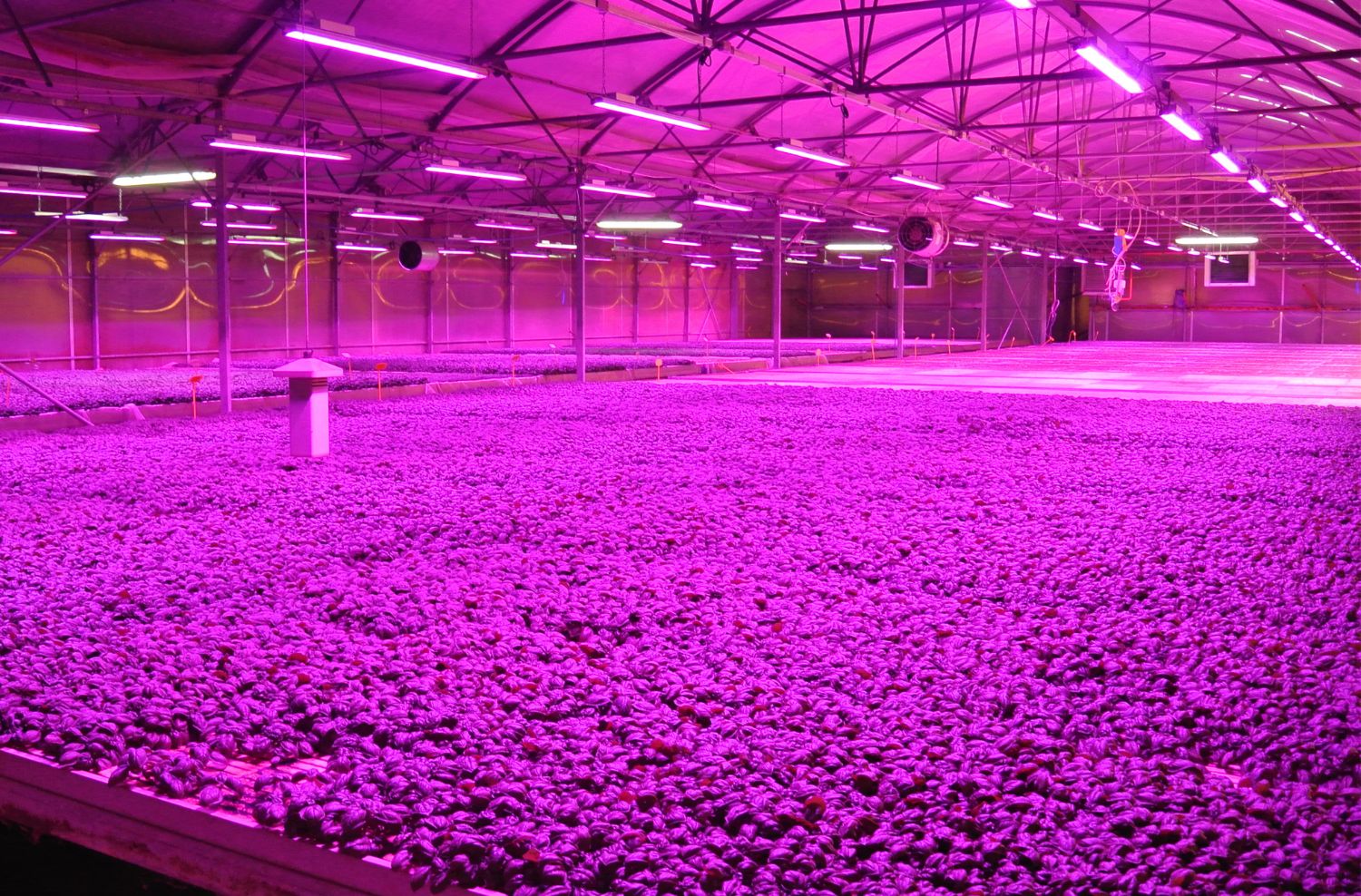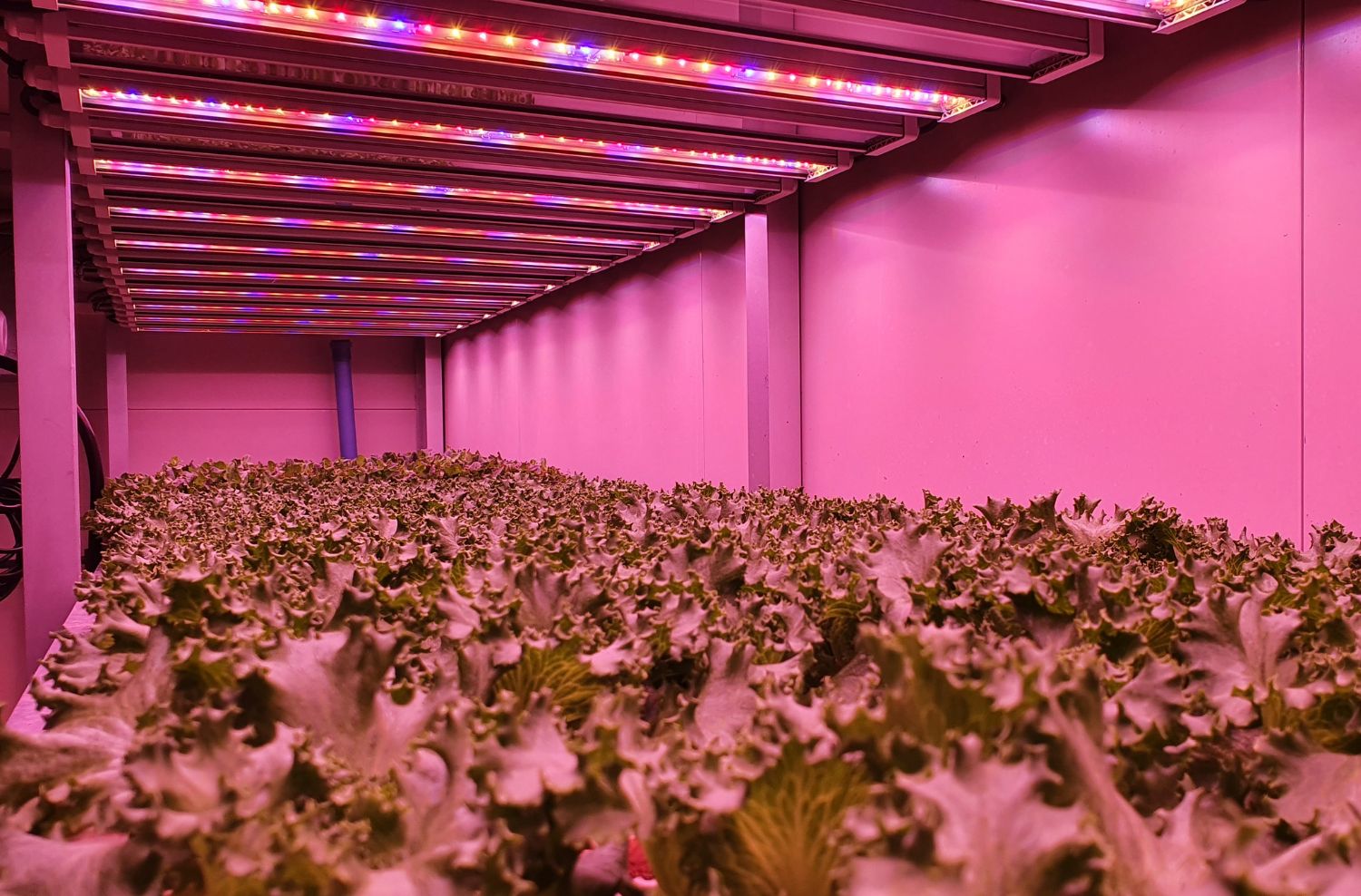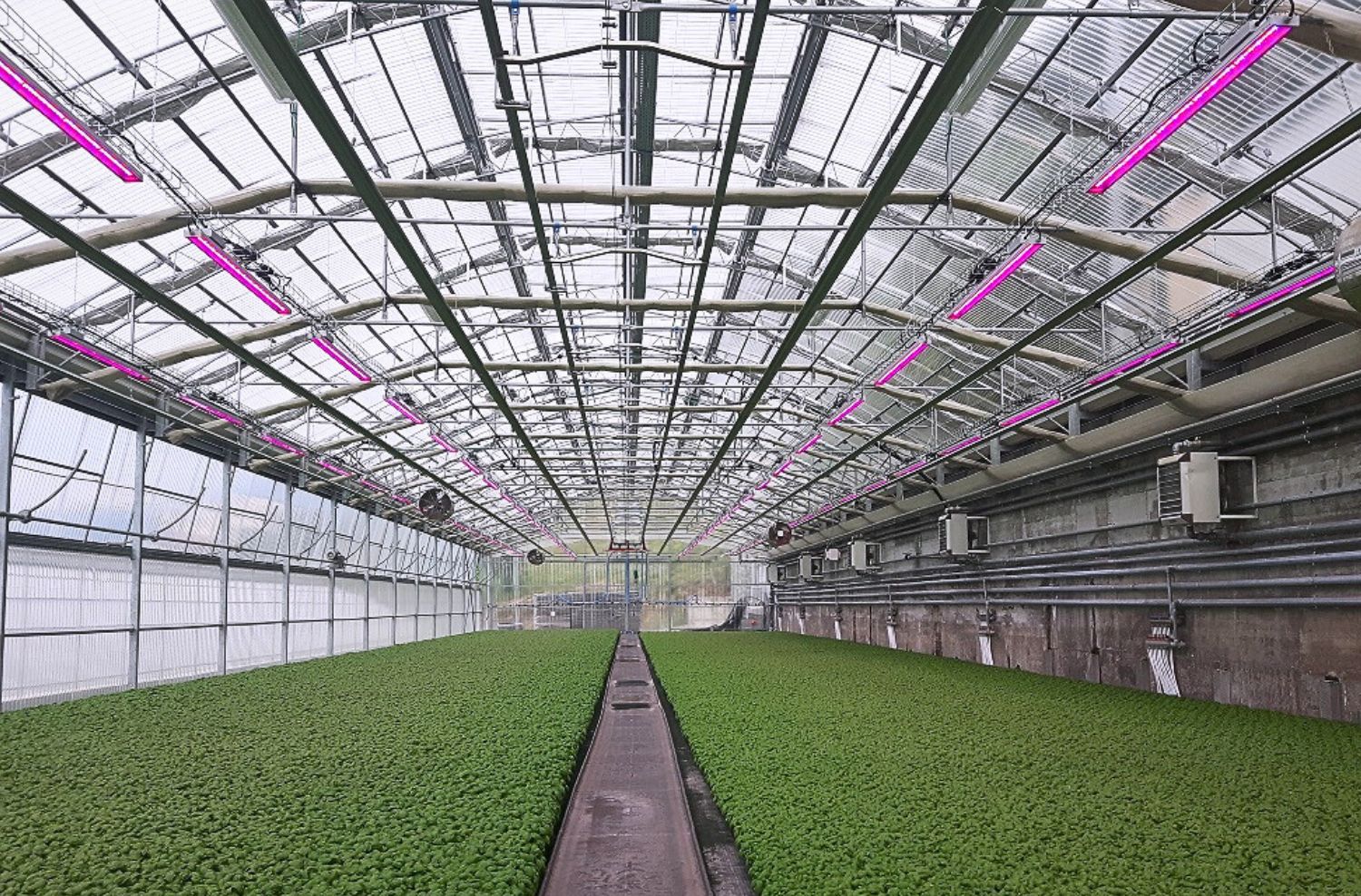Energy is expensive, crops need consistency, results can’t slip. In a greenhouse, light is crucial — but it shouldn’t become a cost sink. With the right design and smart control, LEDs let you light better while spending less. Here’s how to approache greenhouse lighting to make greenhouse farming more efficient.
Where waste starts (and how to avoid it)
Waste usually comes from three very common situations:
- 1
Light in the wrong place: hotspots in some areas and areas with too little light for the plants.
- 2Fixed timetables every day: lights stay on even when sunlight would be enough.
- 3
Spectrum and intensity not matched to the crop or the growth phase (vegetative, flowering).
With a targeted plan, greenhouse farming becomes more efficient because light goes where it’s needed, when it’s needed, and in the right amount.
What really changes with LEDs
- 1More useful light per unit of energy: LEDs convert electricity into photosynthesis-ready photons more effectively.
- 2Spectrum tailored to your crop: our greenhouse lighting can be calibrated by species and phase, so every hour of operation truly counts.
- 3Less unwanted heat: cutting the need for cooling and keeping the microclimate steadier.
In short: less energy wasted on light plants can’t use — or on heat you have to remove.
Clear layout: light only where it’s needed
A good layout avoids “patchy” illumination. When distribution is even, every plant receives a similar dose of light — no “privileged” and no “forgotten” rows. The outcome: fewer fixtures, fewer wasted hours, and more uniform growth.
Smart control: schedules, sensors, dimming
Control is where most savings happen:
- Time schedules that follow the real photoperiod.
- Light sensors: when sunlight enters, fixtures automatically dim down.
- Dimming instead of hard on/off, so intensity matches crop needs throughout the day.
Practical example
Cloudy morning? The lights ramp up gradually to meet the target. Bright sun at noon? They ramp down: same crop response, lower consumption. That’s greenhouse lighting that follows the plants — not the calendar.
Common mistakes to avoid
- Using one single spectrum for all species, all year round.
- Keeping lights on “just in case” even with enough natural sunlight.
- Ignoring distance between fixture and canopy (too close = stress, too far = wasted hours).
- Skipping optical cleaning: dust and condensation reduce efficiency.





